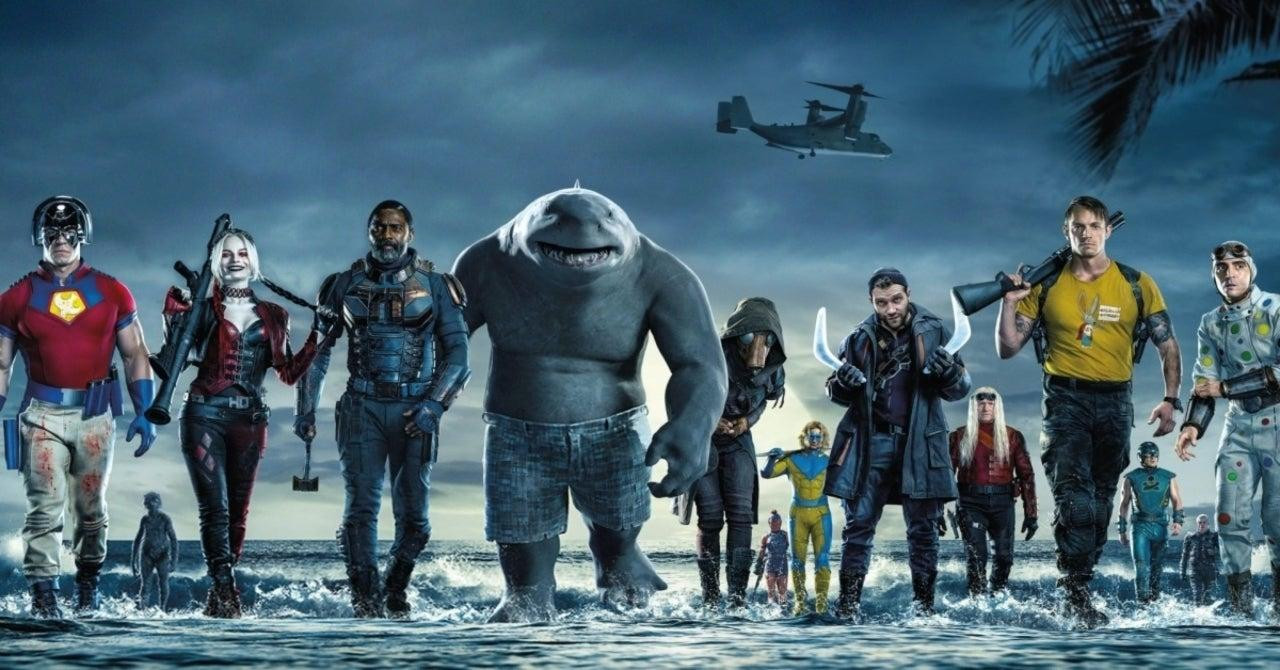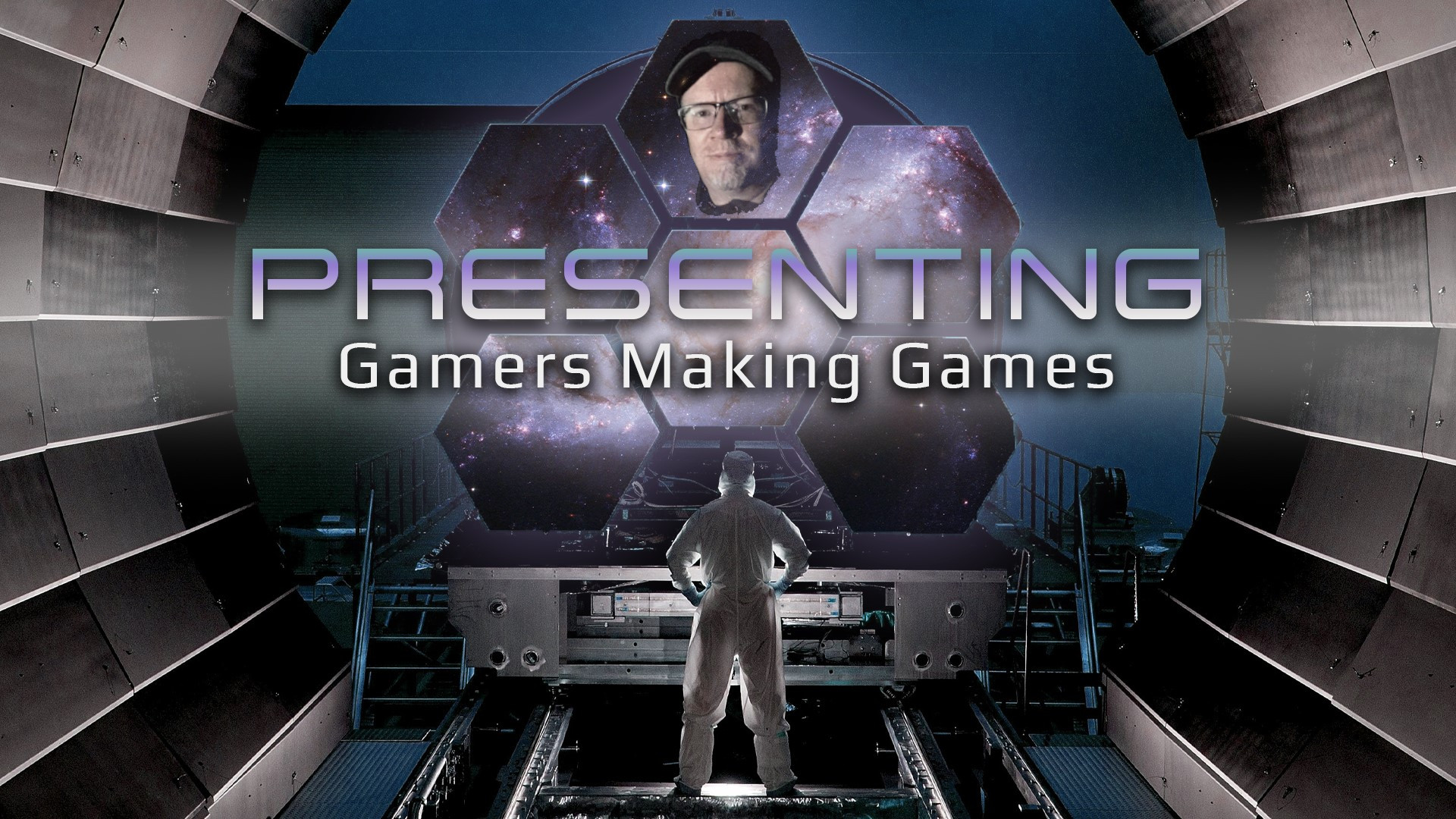James Gunn’s latest super hero team film, this time of the DC variety, hit theatres a couple of weeks ago to solid critical praise but poor box office return. Not Snake Eyes poor, but it seems like not a lot of folks are seeing The Suicide Squad. Which is a shame, because there’s a lot the film does that we can use in our games, my fellow GMs. I highlight some of them below, none of which include spoilers.
How Different Alignments Get Along
One of my favourite tools as a GM is the alignment system. It’s so easy to glace at a couple of letters at the top of a statblock and know what could make that NPC tick. The idea of alignment has been critiqued as antiquated and predeterministic in recent years, but I love it as a guideline that narrows down and inspires ideas for a character’s personality. If an encounter is running dry and rote, time to emphasize one of the NPCs’ personality. And if I didn’t prepare anything, I use their alignment as my guide.
I also subscribe to the idea of capital vs miniscule letters in alignment. Like lawful good vs Lawful good vs LAWFUL good. All three would be characters who respect the rules and want the best, but one might bend a rule, one won’t, and one definitely won’t and will have words with you if you do.
The Suicide Squad masterfully uses alignment. It’s baked into the concept. Incarcerated villains can reduce their sentences by agreeing to dangerous missions for good. The movie’s most vile character might not even be evil. Ruthless Amanda Waller recruits Task Force X (a.k.a. The Suicide Squad), and manages their assignments. Almost all of the character’s conflicts with the squad are not questions of right or wrong, good or evil. They’re about following orders. Her orders. She’s tyrannically LAWFUL neutral. When she veers towards evil, its with the farsighted belief that the ends justify the means.
Almost generically good Rick Flagg gets along with everyone except Waller. Unlike in the first Suicide Squad film, Rick Flagg doesn’t antagonize the villains under his command. He has a “we’re all in this together” attitude, and even develops friendships with some of them. He has a history with Idris Alba’s Bloodsport that predates Bloodsport’s crimes. When Flagg and Bloodsport cross paths again, despite their alignments, they’re immediately comfortable with one another. The friendship rekindles. In another context, they’d probably talk about the choices each has made. But given the circumstances of the movie, it makes sense that the two characters of opposing alignments would see beyond that and just enjoy each other.
If you’ve seen the film, I recommend you assign Pathfinder alignments to the major characters, and then think about the dynamics of their relationships with one another. You’ll find good and evil getting along, as well as lawful and chaotic. You’ll find lawful not getting along with lawful. The Suicide Squad highlights the storytelling depth and possibilities of Pathfinder’s alignment system.
An Imperfect World
In Suicide Squad, Amanda Waller works with a team of generically Hollywood technicians, in a room of flawless technology. If you remember any of those scenes, it’s on the strength of Viola Davis’ performance.
Waller’s command center in The Suicide Squad is rougher. And that makes every scene in the command center stand out. It’s not just because of the writing, but the presentation as well.
The characters in the room in the sequel are a mix of ages, genders, and body types. Even if you don’t catch their names, you can describe them. Not just physically, but their physical distinction makes it easier to notice and follow which character does what job on the team.
Furthermore, there’s a wonderful layer of realistic incompetence to how the team works. When moments go wrong on the mission, the command team can’t even figure out where to point the finger. The bureaucracy of the team makes it more likely that details were missed and a task went unintentionally unassigned, because everyone had tunnel vision on their own assignments.
Finally, there’s the technology. They don’t all operate tablets and computer with the almost magical capacity to do what needs to be done. There’s a mix of digital and analog technology, and the choice for how the technology is presented shows forethought and greater understanding of how the world works.
All this adds up to a believable, lived-in world. By spending a little time defining the background characters and scenery, the world feels more real. The next time you have a group of faceless NPCs, throw a few details out there to separate them. Give one of the five mechanically identical gnolls a mullet, see how much more attention the players give him.
Big Wins and Big Losses
The fight scenes in The Suicide Squad play out like tabletop RPG encounters. They take turns focusing on individual character contributions, with an emphasis on the character’s biggest successes and failures. You can tell a critical hit from a regular hit, and a regular miss from a critical fumble. Despite all of the chaos of the scenes, not only is it clear what the characters are doing, but it’s clear how the characters feel.
Make it your goal as a GM to run combats as flavourful and personal as The Suicide Squad fight scenes. If the gnoll with the mullet dies, turn to the player who had the most to say about the gnoll’s hairdon’t and give them a moment to react. If the Critical Fumble deck has the wizard blast the party rogue with Scorching Ray by mistake, let them banter about the gaff.
Additionally, the movie balances high level encounters with low level encounters. There are two noteworthy fights towards the middle of the movie in which members of the Suicide Squad tear through a bunch of NPCs. They’re fun scenes, but they also serve a purpose. The characters teach each other and the audience what they can do.
We as GMs can use these kinds of meat grinder encounters (where the players are the grinder, not the meat) to set a baseline so we know, practically, the areas in which our players’ characters excel. Then, when it’s time to challenge the PCs, we know their go-to tactics and can adjust our NPC defenses against them.
In Conclusion
I really liked The Suicide Squad. You may have heard Cathy describe my games as fun but with a tendency for my descriptions to disturb her. That’s because the tone of my games lines up with the tone of The Suicide Squad better than most media I can think of. Maybe that’s why I left theatres in such a mood to GM. Any media that gets me in the mood to game holds a special place in my heart.
Every two weeks, Ryan Costello uses his experience as a Game Master, infused with popular culture references, to share his thoughts on best GMing practices to help his fellow GMs. Often deconstructing conventional wisdom and oft repeated GMing advice, he reminds his fellow GMs that different players play the game in different ways, and for different reasons.






